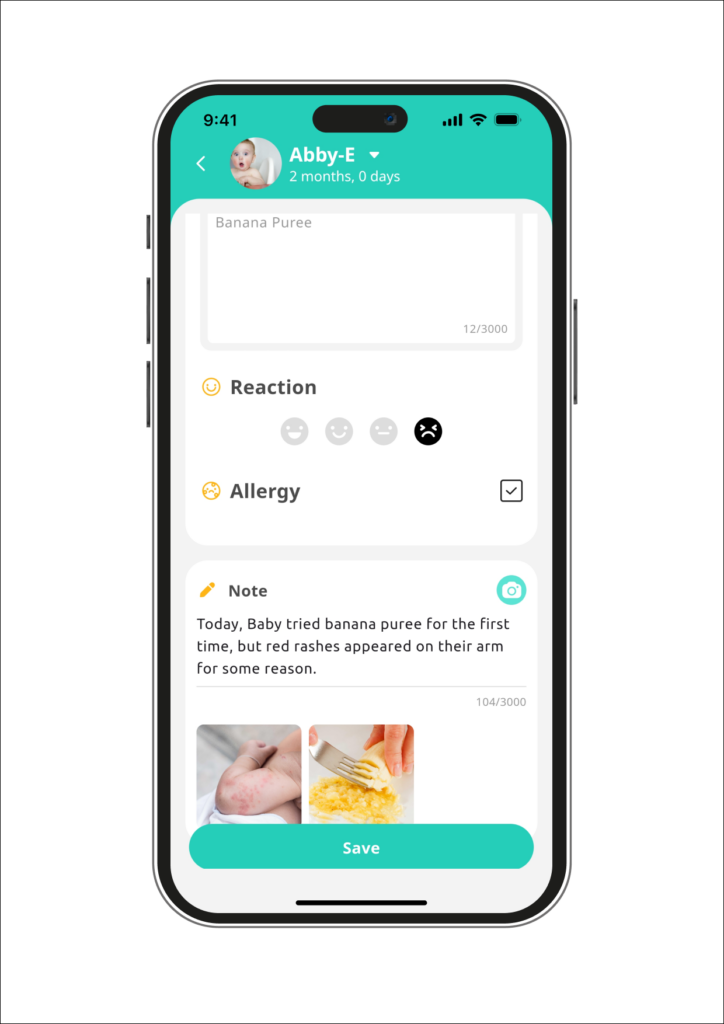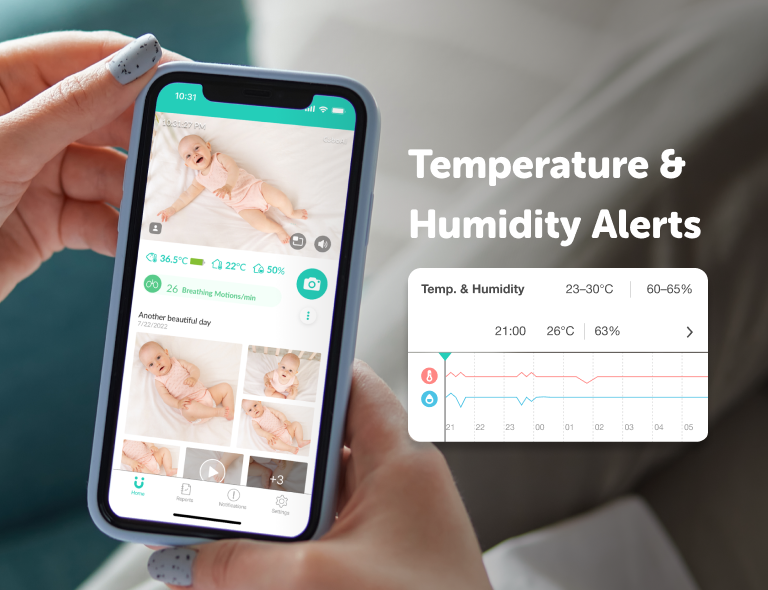1. What Is Atopic Dermatitis?
Atopic dermatitis is a common chronic and recurrent skin condition that often appears in early childhood and is frequently associated with other allergic conditions, such as allergic rhinitis and asthma. Of these, atopic dermatitis typically surfaces first, primarily affecting infants and young children. Globally, around 20% of children are affected, with approximately 17% of children under the age of two impacted. Statistics indicate that about 60% of affected children develop symptoms before their first birthday, and 80% show signs before turning six. This increase in prevalence may be related to environmental factors, such as air pollution and early antibiotic use.
Primary symptoms include skin sensitivity and localized itching, which tends to worsen at night. Persistent scratching can lead to skin tears, bleeding, and even bacterial infections. In infants, atopic dermatitis often appears in an acute form, with red bumps, scratch marks, skin tears, and oozing. Areas typically affected are the head, neck, or outer limbs. As children grow, chronic symptoms like skin roughness, pigmentation changes, or thickened patches from continuous scratching become more common, with affected areas generally appearing in the creases of the limbs and folds of the body.
2. Causes of Atopic Dermatitis
The development of atopic dermatitis is often linked to genetic and environmental factors, which can be categorized as follows:
- Genetic Factors
Family history plays a significant role in the likelihood of developing atopic dermatitis. If one parent has the condition, a child’s risk of developing it is about 1.5 times higher than average. When both parents are affected, the child’s risk increases to five times that of the general population. - Immune Dysregulation
Early use of antibiotics can disrupt the natural balance of gut microbiota in infants, a factor shown to be closely associated with the onset of allergic diseases, including atopic dermatitis.
- Lack of Immune System Training
As sanitation improves, infants and young children are less exposed to pathogens in their surroundings, leading to abnormal immune system regulation and an increased likelihood of developing allergies.
- Dehydrated Skin
The skin tends to lose moisture, leading to dryness, itching, and increased scratching. Damaged skin can often lead to secondary bacterial infections, most commonly Staphylococcus aureus, which produces toxins that intensify itching and create a vicious cycle of irritation and scratching.
3. Treatment of Atopic Dermatitis
Effective treatment for atopic dermatitis focuses on keeping the skin hydrated and using appropriate medications.
- Maintaining Skin Hydration
Hydration is essential for skin repair. After bathing, applying a moisturizer over the entire body helps lock in moisture. Although many moisturizing lotions are available on the market, they can be pricey. For a cost-effective yet effective option, use unscented petroleum jelly to maintain skin hydration. - Medication
Topical corticosteroids are commonly prescribed to treat atopic dermatitis. These creams come in varying strengths depending on the severity and location of the affected area. For mild cases, particularly for infants or sensitive areas like the face, a low-strength corticosteroid is recommended to minimize risks such as skin thinning or other side effects associated with long-term use of stronger steroids. In recent years, non-steroidal immunomodulators, such as pimecrolimus and tacrolimus, have become available. These are suitable for chronic or widespread dermatitis, helping to reduce the need for corticosteroids and their side effects.
If symptoms become severe or continue to worsen despite standard care, it is advisable to consult a doctor for more advanced treatment options. Medical professionals can assess suitable therapies and offer guidance to help stabilize the condition. For cases involving broken skin or infection due to scratching, seeking medical assistance is crucial to prevent further complications.
4. Prevention of Atopic Dermatitis
At present, there is no guaranteed method to effectively prevent atopic dermatitis, but there are several strategies to reduce the risk of triggering the condition.
- Daily Care to Build a Healthy Protective Barrier for Your Child
During pregnancy, mothers should be mindful of their diet, avoiding foods that are known to be allergenic. After birth, breastfeeding or using hydrolyzed protein formula and probiotics may help lower the risk of atopic dermatitis. It is also recommended to introduce solid foods and potential allergens gradually after six months. While these methods are not scientifically conclusive, further large-scale studies are needed to confirm their effectiveness. Additionally, to prevent disrupting the infant’s gut microbiota and increasing allergy risk, antibiotics should only be used when absolutely necessary during early childhood.
Using the “CuboAi Baby Diary & Tracker” helps easily track the types of solid foods introduced to the baby, note allergic reactions, and record food details and allergy status. For parents who prefer not to type, the app allows them to simply take photos of the food, ingredient labels, and the baby’s skin condition when allergic reactions occur. These records can serve as reference for doctors to provide more comprehensive care for your baby’s health.


- Creating a Clean, Comfortable, Allergen-Free Environment
Avoid exposure to allergens and irritants, such as secondhand smoke. Control the indoor temperature and humidity to ensure comfort. During the summer, maintain the room temperature between 25 and 26°C and the humidity at 50% to 60%. In winter, keep the temperature between 20 and 22°C with similar humidity levels. Wearing breathable, cool cotton clothing helps prevent excessive sweating and reduces skin irritation. When bathing, avoid soap or shower gel to prevent skin dryness and to maintain adequate moisture.
Additionally, regular cleaning to reduce dust mites and other allergens can help lower the risk of triggering allergic reactions. For optimal temperature and humidity control, the CuboAi Smart Baby Monitor offers real-time monitoring and alerts parents via a mobile app if conditions fall outside the recommended range. The baby monitor also records temperature and humidity fluctuations throughout the day, allowing parents to track environmental changes and provide context when their baby shows discomfort. This can reduce stress for parents, allowing them to focus on supporting their baby’s growth in a healthy environment.

- Emotional Stability and Support for Parents and Children
Parents can help their children cope with the discomfort of atopic dermatitis by approaching them with patience and care, while encouraging them to engage in hobbies and activities that provide distraction. This may help reduce scratching, which exacerbates itching and damages the skin, creating a vicious cycle.
5. Supporting Your Child Through the Challenges of Atopic Dermatitis
Atopic dermatitis causes more than just intense itching—it significantly disrupts sleep, particularly at night, affecting both the child and their parents. This, in turn, impacts daytime learning and work. Chronic sleep deprivation can lead to psychological issues such as anxiety and depression, making it harder for the child to focus, and ultimately reducing their quality of life.
If the condition affects large areas of the body or impacts appearance, children may feel self-conscious, and emotional stress can worsen the itching and the condition itself.
During this challenging time, it’s essential for parents to remain patient and optimistic. They should actively work with healthcare professionals to ensure proper treatment and help guide their child through this tough period. Providing emotional support, fostering a positive outlook, and encouraging the child to focus on enjoyable activities can play a significant role in managing both the emotional and physical aspects of the condition.